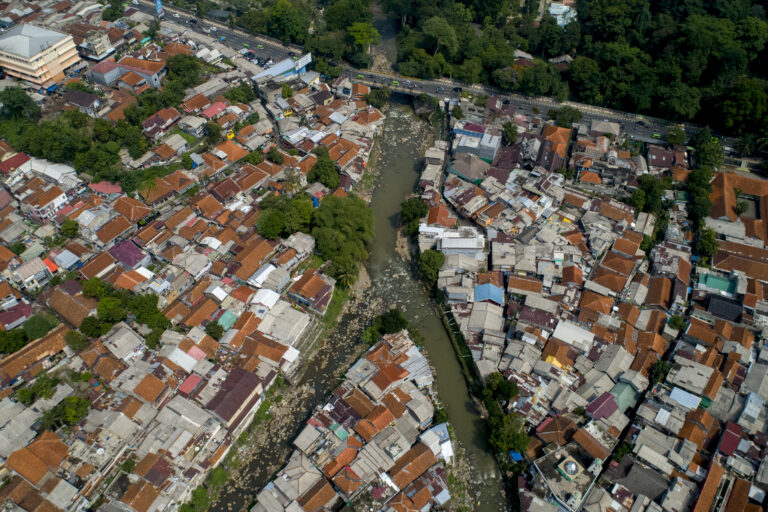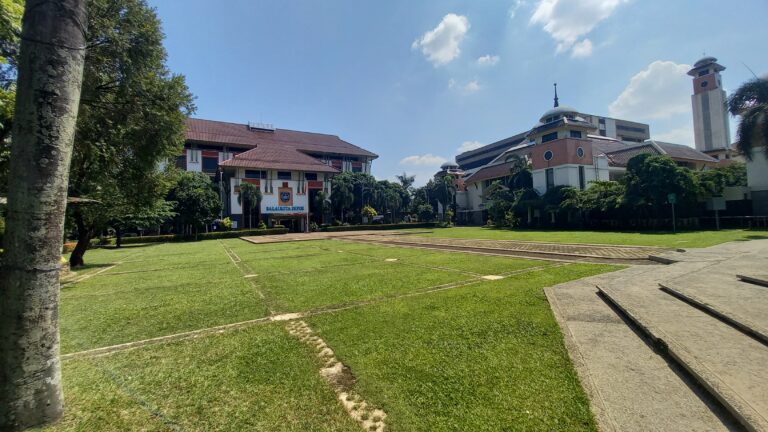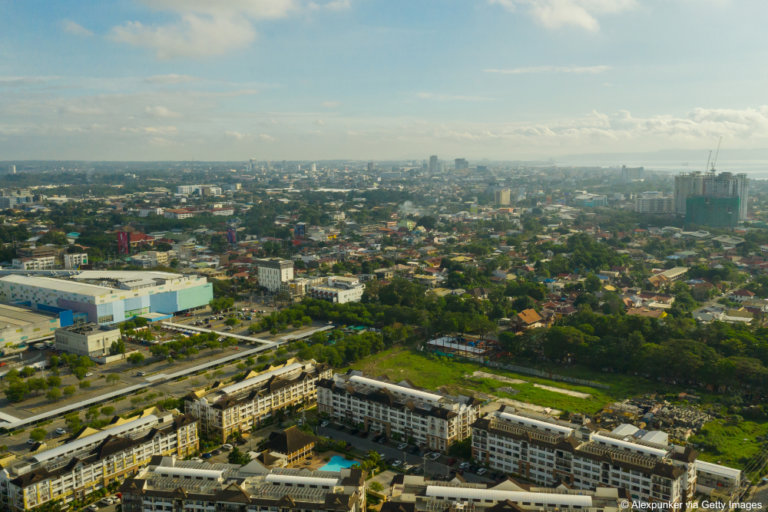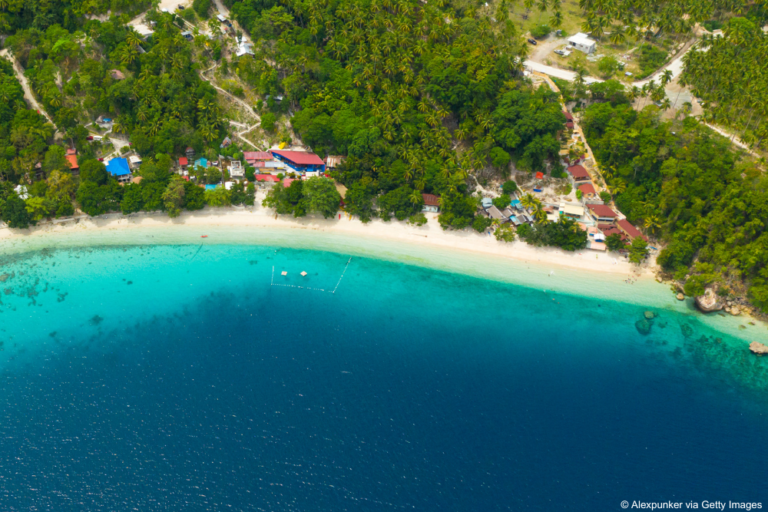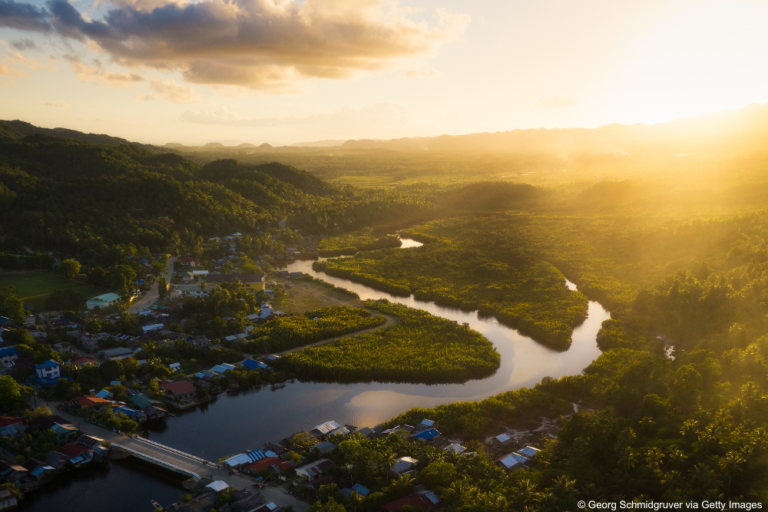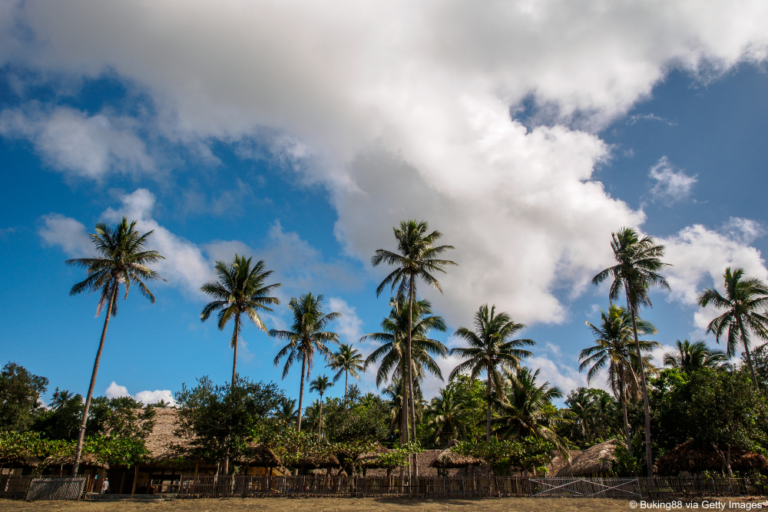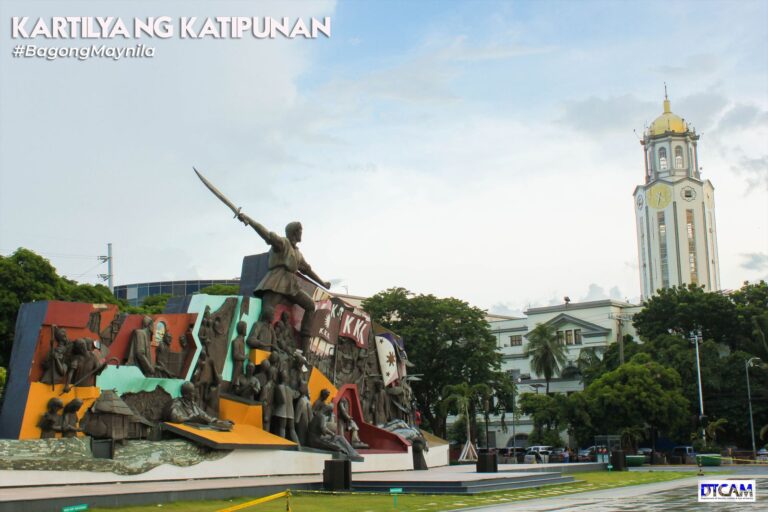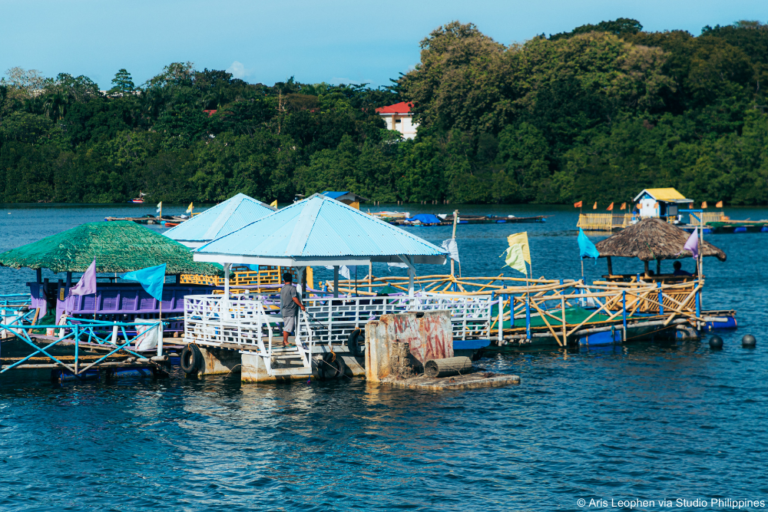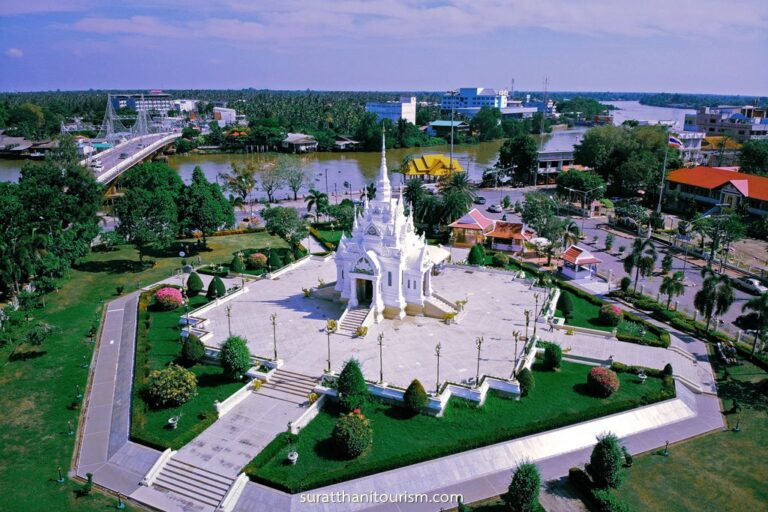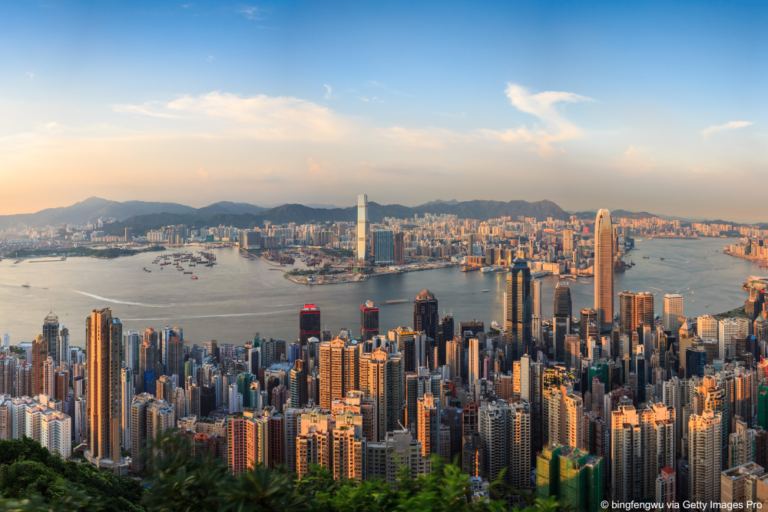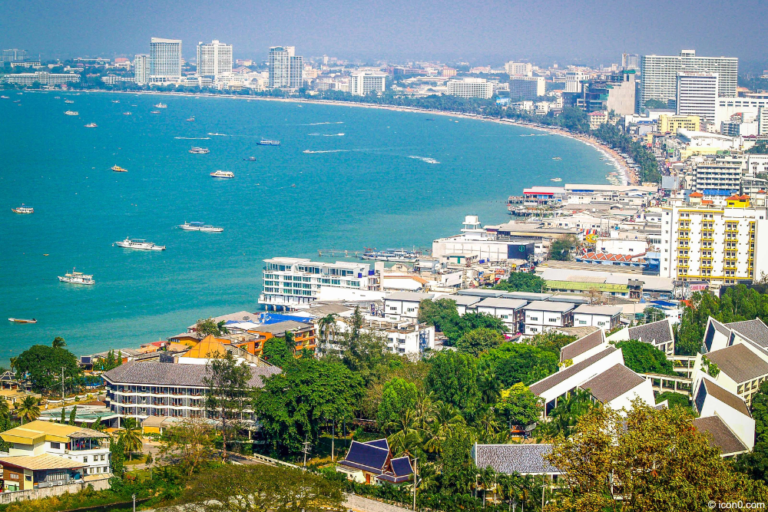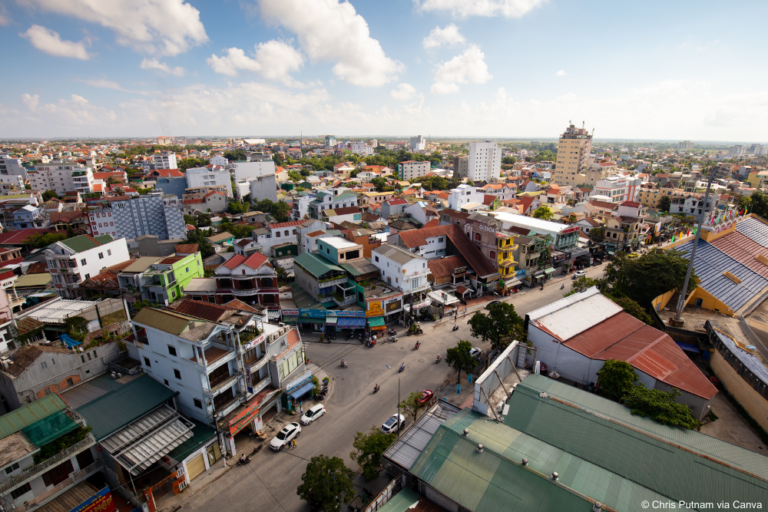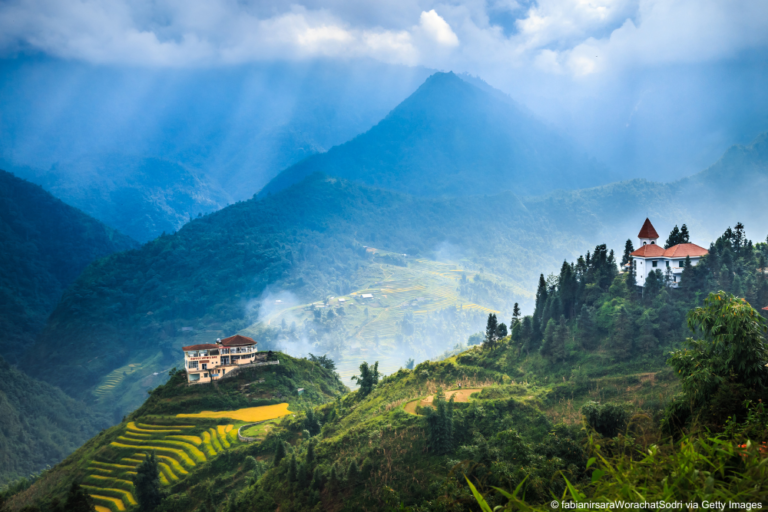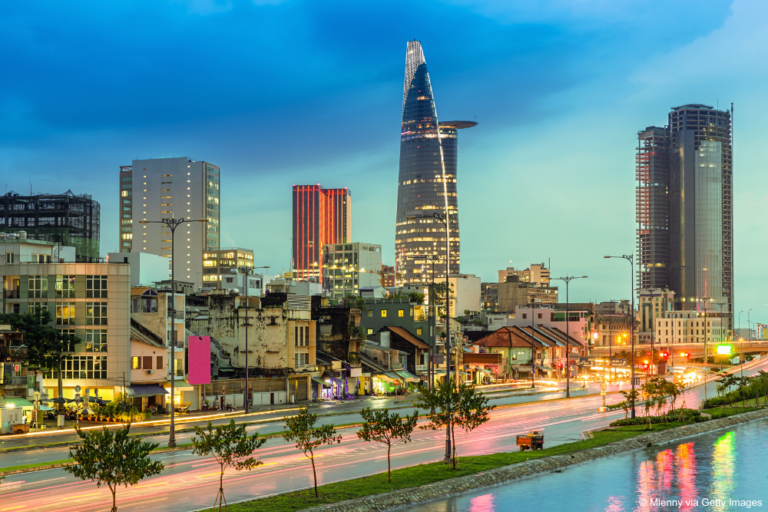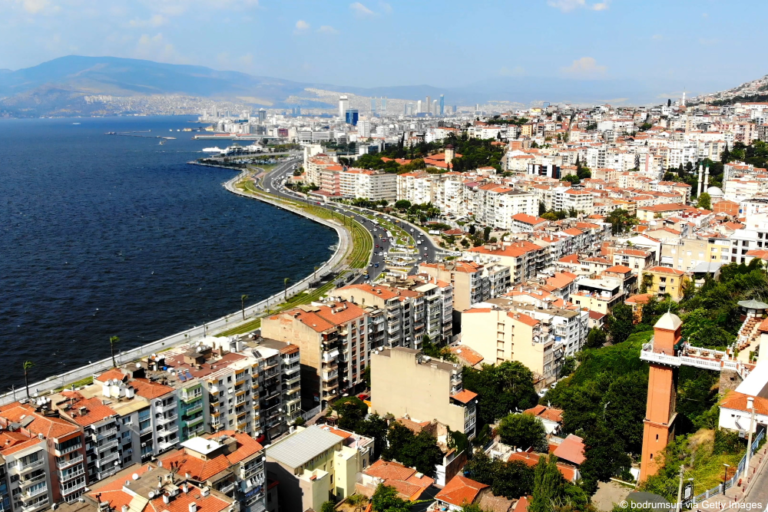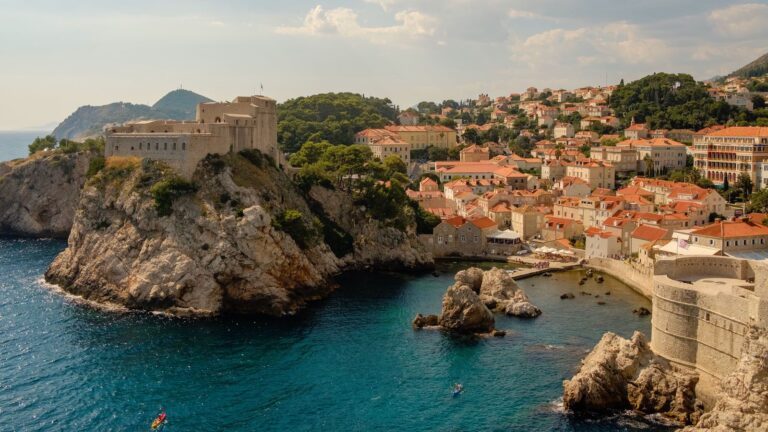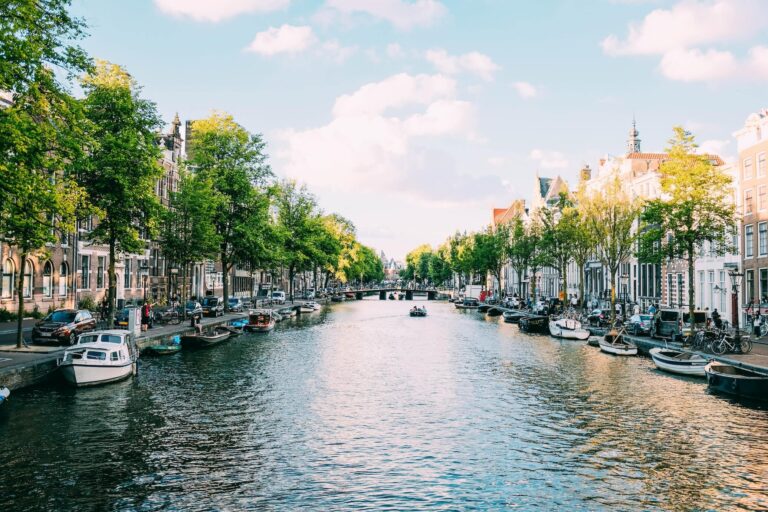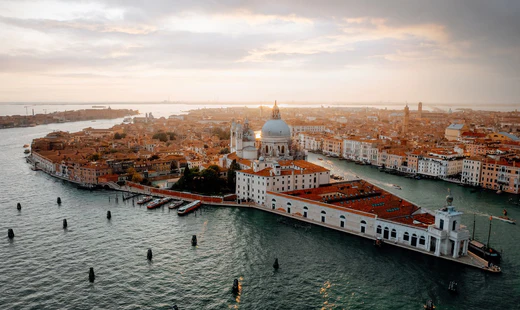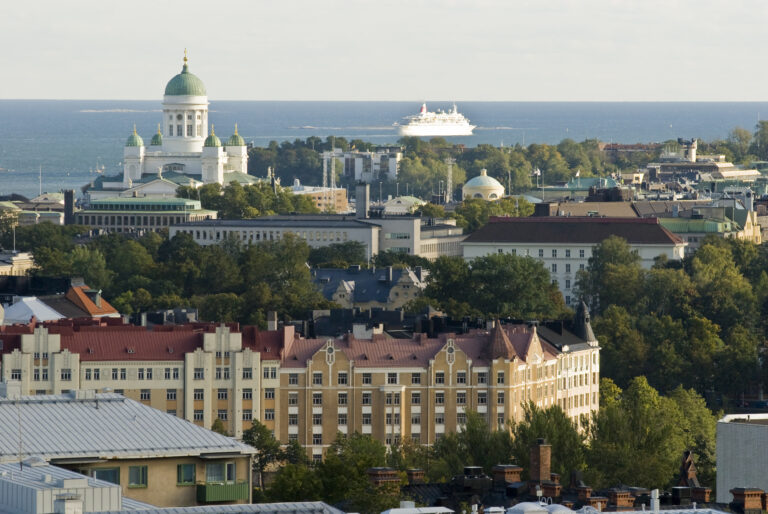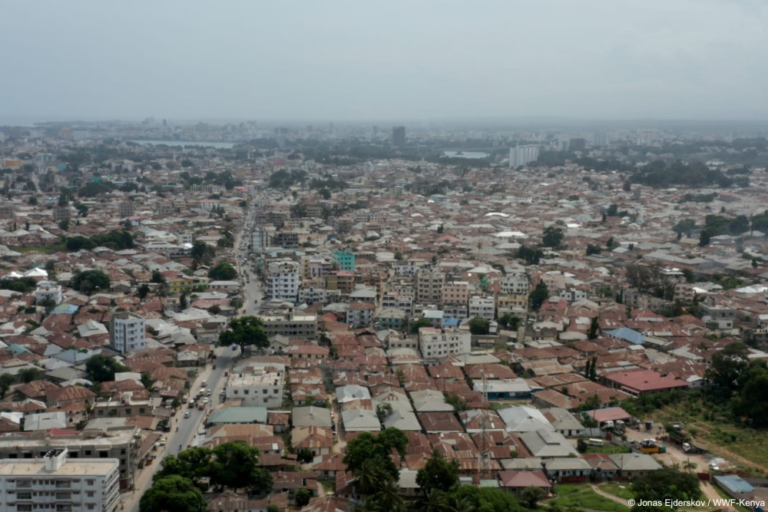Hue city is located in the center of Thua Thien Hue province, the area stretches along the Perfume River. The administrative boundaries of Hue city are determined:
- The east borders Huong Thuy town and Phu Vang district
- The west borders Huong Tra town
- The south borders Huong Thuy town
- The North borders Quang Dien district and the East Sea.
Hue city is bordered with the Central Anamite – one of the global key forest landscapes – in the west and Tam Giang – Cau Hai lagoon, which is characterized by high biodiversity with many species listed in the Vietnam’s Red Data Book and designated as a Wetland Protected Area by the People’s Committee of Thua Thien Hue province, in the east. The city is located 668 km south of Hanoi, 1039 km north of Ho Chi Minh City and 95 km north of Da Nang. After adjustment of administrative boundaries and arrangement, establishment of wards, Hue city has 36 commune-level administrative units, including 29 wards and 7 communes according to the Resolution No. 1264/NQ-UBTVQH14 dated April 27, 2021 of the National Assembly Standing Committee on the adjustment of administrative boundaries of district-level administrative units and arrangement and establishment of wards in Hue city. The city has an area of 265.99 km², population in 2020 is 652,572 people, population density reaches 2,453 people/km².
The economic structure includes: Tourism – service – commerce; Agriculture and Industrial production – handicrafts.
At present, although the municipal solid waste (MSW) collection rate in Hue City is pretty high, up to 96% in urban areas and 78% in rural areas, there still exist some hotspots where the solid waste is concentrated and not collected promptly, which adversely affects the environment and people in the surrounding area. Particularly, in the context of the administrative boundaries of the former Hue City have just been expanded since July 1, 2021, according to Resolution No. 1264/NQ-UBTVQH14, the maintenance and promotion of effective MSW management have become a big concern.
Hue City has a dense natural and man-made river system discharging at important ecological wetland and aquaculture cultivation areas, Tam Giang – Cau Hai lagoon and further at the estuary. These areas are impacted by plastic waste dumped directly into the environment, more than 20 percent of the households living along the lagoon dispose of solid waste directly into the environment (WWF, 2021d). More than 20 percent of the households living along the lagoon dispose of their waste directly into the environment. The annual amount of plastic waste leakage in the Tam Giang – Cau Hai lagoon area was approximately 479 tons in which approximately 74.1% entered the hydrological system. Single-use plastics/plastic bags account for 58% of plastic waste leakage (CRET, 2021d).
Plastic leakage is also brought by Huong River running through the city and households living around the river basins and many hotspots were identified along river banks and coastal areas in Hue City (WWF, 2021a). Plastic waste is identified to be direct loss at source with only 16.6% of plastics being recovered and 3.1% of plastics unmanaged (WWF, 2021c). The annual plastic waste leakage in Hue core[1] and the expanded area[2] are 1.8% (349 tons/year) and 10.4% (367 tons/year), respectively (WWF, 2021a). There should be adequate interventions taken to solve this problem with the aim to reduce plastic waste impact on Hue City’s river systems and associated wetland and coastal areas via its engagement in WWF Plastic Smart City Program. Direct and indirect interventions should be included, such as reducing plastic waste, improving the efficiency and rate of plastic collection and recycling rates amongst the target groups, and improving solid waste management (SWM) system as well as awareness raising, capacity building and policy creation and innovation business towards a PSC. The project activities will be implemented with participation of key stakeholders, public, private and civil society organizations (CSOs).
To become a Plastic Smart City, Hue city authorities will commit resources and develop a comprehensive strategy to adopt waste prevention strategies and employ waste management programs to reduce the volume of waste, and improve plastic waste collection prevention, reuse and recycling. The city authorities take the prime responsibility to implement interventions to achieve the specific targets in the PSC action plan while they are the key partner closely collaborating with WWF to implement specific interventions funded by the TV-Action (TVA) to achieve the program targets and indicators. Apart from that, the TVA project not only supports the city to be a smart city with significant plastic reduction but also improves its SWM system by promoting organic waste recycling and utilizing technology in governance.
Key findings and figures from the baseline waste analysis:
- The total daily amount of MSW generated in Hue City is about 407 tons; in which, the total amount of MSW generated from households is the largest, accounting for 40.7% of the total amount generated. The amount generated by the hotel sector is low, with only 0.3% of the total. This is understandable because the Covid-19 pandemic has caused, during the survey time, a suspension of almost every tourism activity; therefore, there have been only a tiny number of guests staying at hotels.
- The calculation of the MSW generated from household and non-household sources shows that the proportion of plastic waste is ranked second after the highest one of organic waste, making up 13.3% from households and 12.9% from non-household sources.
- The MSW collection rate in the core area is 98%, higher than the expanded area (86-92%). MSW collection activities in Hue City are mainly carried out by Hue Urban Environment and Public Works Joint Stock Company (hereinafter referred to as HEPCO), and by either some waste pickers groups in wards and communes (mainly concentrating on the expanded area) or Hang Trung Company, Ltd. (in Thuan An ward and 13 communes of the expanded area).
- The recycling in Hue City mainly comes from spontaneous business activities, which have not been properly managed to control the amount of recyclable solid waste (recyclables). The amount of recyclables through this system is approximately 84 tons/day (18.5 tons of scrap and 65.5 tons of organic waste); of which, the amount of recyclables is 15.1 tons/day in the core area and 3.4 tons/day in the expanded area. The amount of plastic recovered from junk shops accounts for a pretty large proportion, corresponding to 51.0% (in the core area) and 58.9% (in the expanded area) of the total amount of recovered solid waste (not including the organic waste).
- In Hue City, there are currently 19 hotspots considerably generating the plastic waste, which is distributed in 15 out of 36 wards/communes (mainly situated along rivers and lagoons in the expanded area). The domestic (residential) sector contributes a large proportion of the plastic waste in hotspots, revealing the people’s daily habit of using and littering the plastic into the environment.
- With 1.0 kg/person/year in the core area and 2.7 kg/year in the expanded area. person/year in the expanded Hue region, the rate of plastic waste leakage in the study area is fairly low compared to the average rate of other urban areas in Vietnam.
Key activities and planned pilot interventions
To create such impact, the project mainstreams principles of integrated solid waste management to cover both physical and governance aspects of solid waste management and achieve five following outcomes:
- An integrated MSW management system to reduce plastic waste and enhance stakeholders’ engagement developed;
- Reduced volume of generated plastic waste;
- Increased efficiency and rate of plastic waste collection enhanced;
- Increased plastic waste recovery rate in Hue City; and
- Improvement in waste treatment and disposal improved.
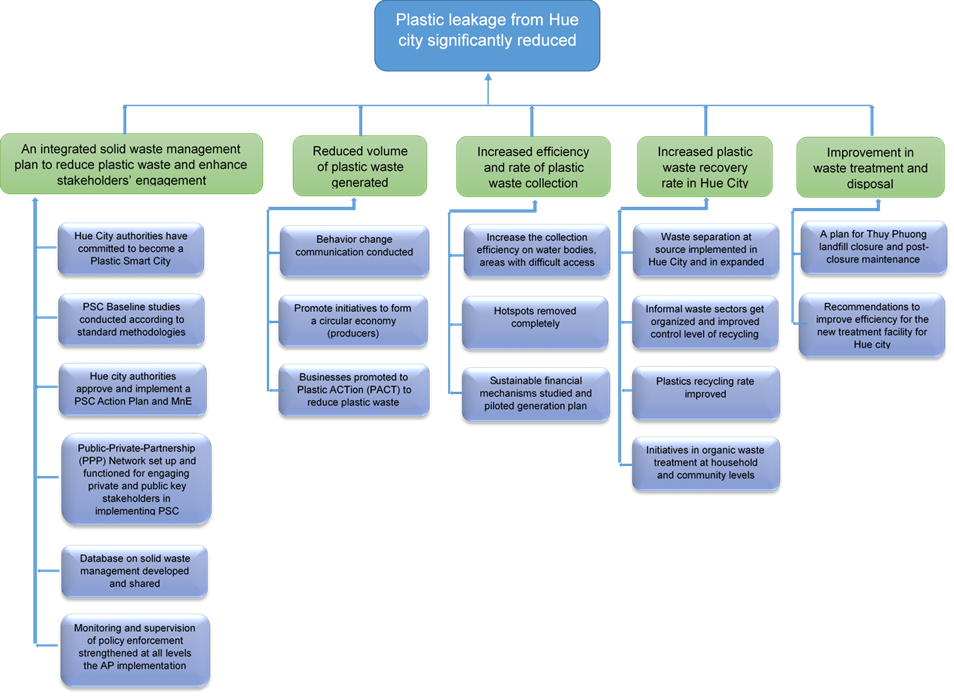
The project also designs behavior change communications for target audiences towards sustainable production and consumption, promotes initiatives to form a circular economy (producers) and businesses promoted to implement best practices to reduce plastic waste generation contributing to decrease in plastic leakage into the ocean. Activities have been carried out to increase the collection efficiency on water bodies, areas with difficult access and in expanded areas, remove completely hotspots and pilot the implementation of proposed sustainable financial mechanisms. With the achievements of those inventions, the project will approach the outcome of enhancing efficiency and rate of plastic waste collection. Besides, waste separation at source in Hue City, organization of informal waste sectors, and improvement of control level of recycling facilities and facilitating the establishment of Materials Recovery Facilities (MRF) to increase plastic recycling activities as well as promoting initiatives in organic waste treatment at household and community levels have been given special attention to achieve the outcome of increased plastic waste recovery rate in Hue City.
Finally, developing a plan for Thuy Phuong landfill closure and postclosure maintenance with the HEPCO coordination together with recommendations to improve efficiency for the new treatment facility for Hue city are to reach the outcome of improvement of waste treatment and disposal.
Key plastic reduction targets and goals
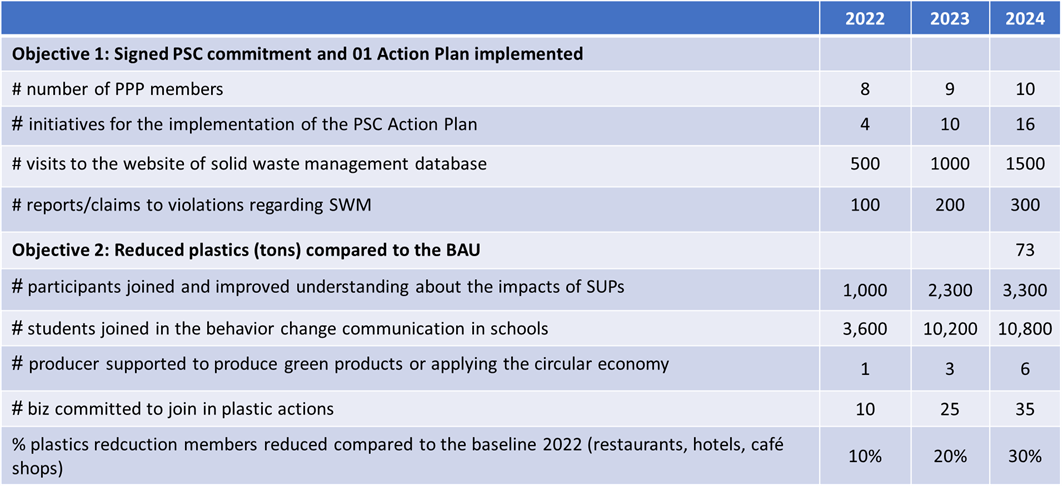
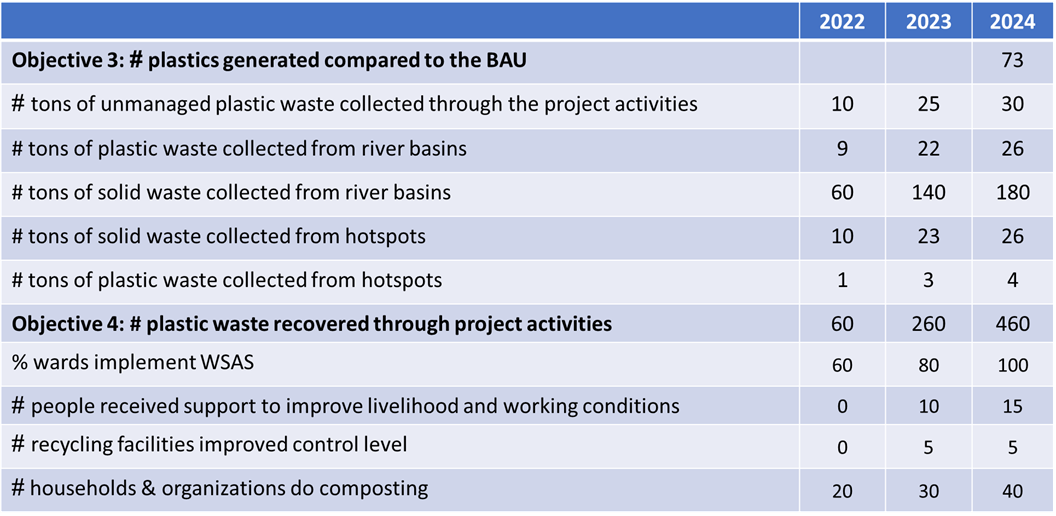
Pilot Actions
The city wants to promote heritage and tourist sites with SUPs reduction, and since then to advertise and communicate the image of Hue heritage city with no plastic in nature.
Hue city has implemented waste separation at source with increasing recycling rate for plastics and organic wastes with engagement of various stakeholders i.e., local CSOs, private and state-owned businesses, schools and markets to pilot their innovative solutions in reducing plastic waste and increasing recycling. The project gets organized waste pickers into a collective group and supports its operation to enhance their role in plastic recycling and their recognition in the solid waste management system.
Explore More Cities
VIETNAM | HUE
Hue city is located in the center of Thua Thien Hue province, the area stretches along the Perfume River.
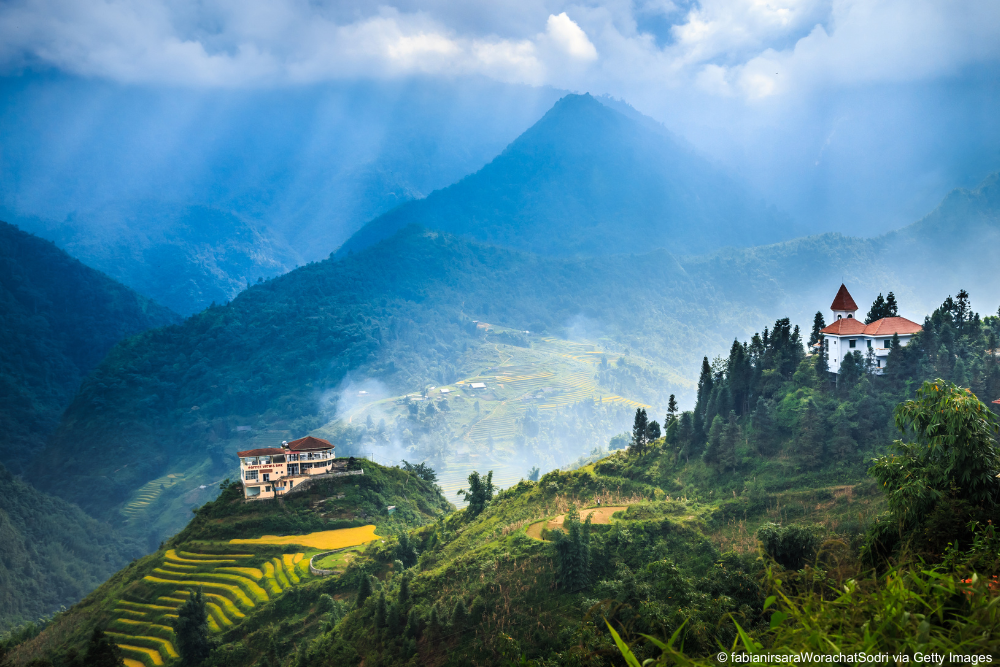
CITY : Hue
COUNTRY : Vietnam
POPULATION : 652.572 people (2020)
JOINED : 11/11/2021
SIGNED DECLARATION : 11/11/2021
MAYOR : Tran Song, Vice Chairman of Hue City People’s Committee
CITY CONTACT : +84 234 3822550
OFFICIAL WEBSITE : http://huecity.gov.vn
Hue city is located in the center of Thua Thien Hue province, the area stretches along the Perfume River. The administrative boundaries of Hue city are determined:
- The east borders Huong Thuy town and Phu Vang district
- The west borders Huong Tra town
- The south borders Huong Thuy town
- The North borders Quang Dien district and the East Sea.
Hue city is bordered with the Central Anamite - one of the global key forest landscapes - in the west and Tam Giang - Cau Hai lagoon, which is characterized by high biodiversity with many species listed in the Vietnam’s Red Data Book and designated as a Wetland Protected Area by the People’s Committee of Thua Thien Hue province, in the east. The city is located 668 km south of Hanoi, 1039 km north of Ho Chi Minh City and 95 km north of Da Nang. After adjustment of administrative boundaries and arrangement, establishment of wards, Hue city has 36 commune-level administrative units, including 29 wards and 7 communes according to the Resolution No. 1264/NQ-UBTVQH14 dated April 27, 2021 of the National Assembly Standing Committee on the adjustment of administrative boundaries of district-level administrative units and arrangement and establishment of wards in Hue city. The city has an area of 265.99 km², population in 2020 is 652,572 people, population density reaches 2,453 people/km².
The economic structure includes: Tourism - service - commerce; Agriculture and Industrial production - handicrafts.
At present, although the municipal solid waste (MSW) collection rate in Hue City is pretty high, up to 96% in urban areas and 78% in rural areas, there still exist some hotspots where the solid waste is concentrated and not collected promptly, which adversely affects the environment and people in the surrounding area. Particularly, in the context of the administrative boundaries of the former Hue City have just been expanded since July 1, 2021, according to Resolution No. 1264/NQ-UBTVQH14, the maintenance and promotion of effective MSW management have become a big concern.
Hue City has a dense natural and man-made river system discharging at important ecological wetland and aquaculture cultivation areas, Tam Giang - Cau Hai lagoon and further at the estuary. These areas are impacted by plastic waste dumped directly into the environment, more than 20 percent of the households living along the lagoon dispose of solid waste directly into the environment (WWF, 2021d). More than 20 percent of the households living along the lagoon dispose of their waste directly into the environment. The annual amount of plastic waste leakage in the Tam Giang - Cau Hai lagoon area was approximately 479 tons in which approximately 74.1% entered the hydrological system. Single-use plastics/plastic bags account for 58% of plastic waste leakage (CRET, 2021d).
Plastic leakage is also brought by Huong River running through the city and households living around the river basins and many hotspots were identified along river banks and coastal areas in Hue City (WWF, 2021a). Plastic waste is identified to be direct loss at source with only 16.6% of plastics being recovered and 3.1% of plastics unmanaged (WWF, 2021c). The annual plastic waste leakage in Hue core[1] and the expanded area[2] are 1.8% (349 tons/year) and 10.4% (367 tons/year), respectively (WWF, 2021a). There should be adequate interventions taken to solve this problem with the aim to reduce plastic waste impact on Hue City’s river systems and associated wetland and coastal areas via its engagement in WWF Plastic Smart City Program. Direct and indirect interventions should be included, such as reducing plastic waste, improving the efficiency and rate of plastic collection and recycling rates amongst the target groups, and improving solid waste management (SWM) system as well as awareness raising, capacity building and policy creation and innovation business towards a PSC. The project activities will be implemented with participation of key stakeholders, public, private and civil society organizations (CSOs).
To become a Plastic Smart City, Hue city authorities will commit resources and develop a comprehensive strategy to adopt waste prevention strategies and employ waste management programs to reduce the volume of waste, and improve plastic waste collection prevention, reuse and recycling. The city authorities take the prime responsibility to implement interventions to achieve the specific targets in the PSC action plan while they are the key partner closely collaborating with WWF to implement specific interventions funded by the TV-Action (TVA) to achieve the program targets and indicators. Apart from that, the TVA project not only supports the city to be a smart city with significant plastic reduction but also improves its SWM system by promoting organic waste recycling and utilizing technology in governance.
[1]Core area: Hue City, including 27 wards before the Resolution No. 1264/NQ-UBTVQH14 of the National Assembly Standing Committee dated April 27, 2021 is valid.
[2] Expanded area: 13 wards/communes of Huong Thuy and Huong Tra towns, and Phu Vang district were merged into Hue core since 1st July, 2021 according to the Resolution No. 1264/NQ-UBTVQH14 of the National Assembly Standing Committee dated April 27, 2021.
Key findings and figures from the baseline waste analysis:
- The total daily amount of MSW generated in Hue City is about 407 tons; in which, the total amount of MSW generated from households is the largest, accounting for 40.7% of the total amount generated. The amount generated by the hotel sector is low, with only 0.3% of the total. This is understandable because the Covid-19 pandemic has caused, during the survey time, a suspension of almost every tourism activity; therefore, there have been only a tiny number of guests staying at hotels.
- The calculation of the MSW generated from household and non-household sources shows that the proportion of plastic waste is ranked second after the highest one of organic waste, making up 13.3% from households and 12.9% from non-household sources.
- The MSW collection rate in the core area is 98%, higher than the expanded area (86-92%). MSW collection activities in Hue City are mainly carried out by Hue Urban Environment and Public Works Joint Stock Company (hereinafter referred to as HEPCO), and by either some waste pickers groups in wards and communes (mainly concentrating on the expanded area) or Hang Trung Company, Ltd. (in Thuan An ward and 13 communes of the expanded area).
- The recycling in Hue City mainly comes from spontaneous business activities, which have not been properly managed to control the amount of recyclable solid waste (recyclables). The amount of recyclables through this system is approximately 84 tons/day (18.5 tons of scrap and 65.5 tons of organic waste); of which, the amount of recyclables is 15.1 tons/day in the core area and 3.4 tons/day in the expanded area. The amount of plastic recovered from junk shops accounts for a pretty large proportion, corresponding to 51.0% (in the core area) and 58.9% (in the expanded area) of the total amount of recovered solid waste (not including the organic waste).
- In Hue City, there are currently 19 hotspots considerably generating the plastic waste, which is distributed in 15 out of 36 wards/communes (mainly situated along rivers and lagoons in the expanded area). The domestic (residential) sector contributes a large proportion of the plastic waste in hotspots, revealing the people’s daily habit of using and littering the plastic into the environment.
- With 1.0 kg/person/year in the core area and 2.7 kg/year in the expanded area. person/year in the expanded Hue region, the rate of plastic waste leakage in the study area is fairly low compared to the average rate of other urban areas in Vietnam.
Key activities and planned pilot interventions
To create such impact, the project mainstreams principles of integrated solid waste management to cover both physical and governance aspects of solid waste management and achieve five following outcomes:
- An integrated MSW management system to reduce plastic waste and enhance stakeholders’ engagement developed;
- Reduced volume of generated plastic waste;
- Increased efficiency and rate of plastic waste collection enhanced;
- Increased plastic waste recovery rate in Hue City; and v) Improvement in waste treatment and disposal improved.

The project also designs behavior change communications for target audiences towards sustainable production and consumption, promotes initiatives to form a circular economy (producers) and businesses promoted to implement best practices to reduce plastic waste generation contributing to decrease in plastic leakage into the ocean. Activities have been carried out to increase the collection efficiency on water bodies, areas with difficult access and in expanded areas, remove completely hotspots and pilot the implementation of proposed sustainable financial mechanisms. With the achievements of those inventions, the project will approach the outcome of enhancing efficiency and rate of plastic waste collection. Besides, waste separation at source in Hue City, organization of informal waste sectors, and improvement of control level of recycling facilities and facilitating the establishment of Materials Recovery Facilities (MRF) to increase plastic recycling activities as well as promoting initiatives in organic waste treatment at household and community levels have been given special attention to achieve the outcome of increased plastic waste recovery rate in Hue City.
Finally, developing a plan for Thuy Phuong landfill closure and postclosure maintenance with the HEPCO coordination together with recommendations to improve efficiency for the new treatment facility for Hue city are to reach the outcome of improvement of waste treatment and disposal.
Key plastic reduction targets and goals


The city wants to promote heritage and tourist sites with SUPs reduction, and since then to advertise and communicate the image of Hue heritage city with no plastic in nature.
Hue city has implemented waste separation at source with increasing recycling rate for plastics and organic wastes with engagement of various stakeholders i.e., local CSOs, private and state-owned businesses, schools and markets to pilot their innovative solutions in reducing plastic waste and increasing recycling. The project gets organized waste pickers into a collective group and supports its operation to enhance their role in plastic recycling and their recognition in the solid waste management system.
Playlist
Explore other cities in Asia






Geocoding Error Occured.
Tried to Geocode:
Error Type:
Please be sure to follow the tutorial on how to setup the Google APIs required for the Advanced Google Map Widget.
Google Map API Key Tutorial
